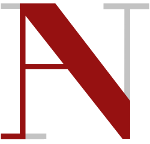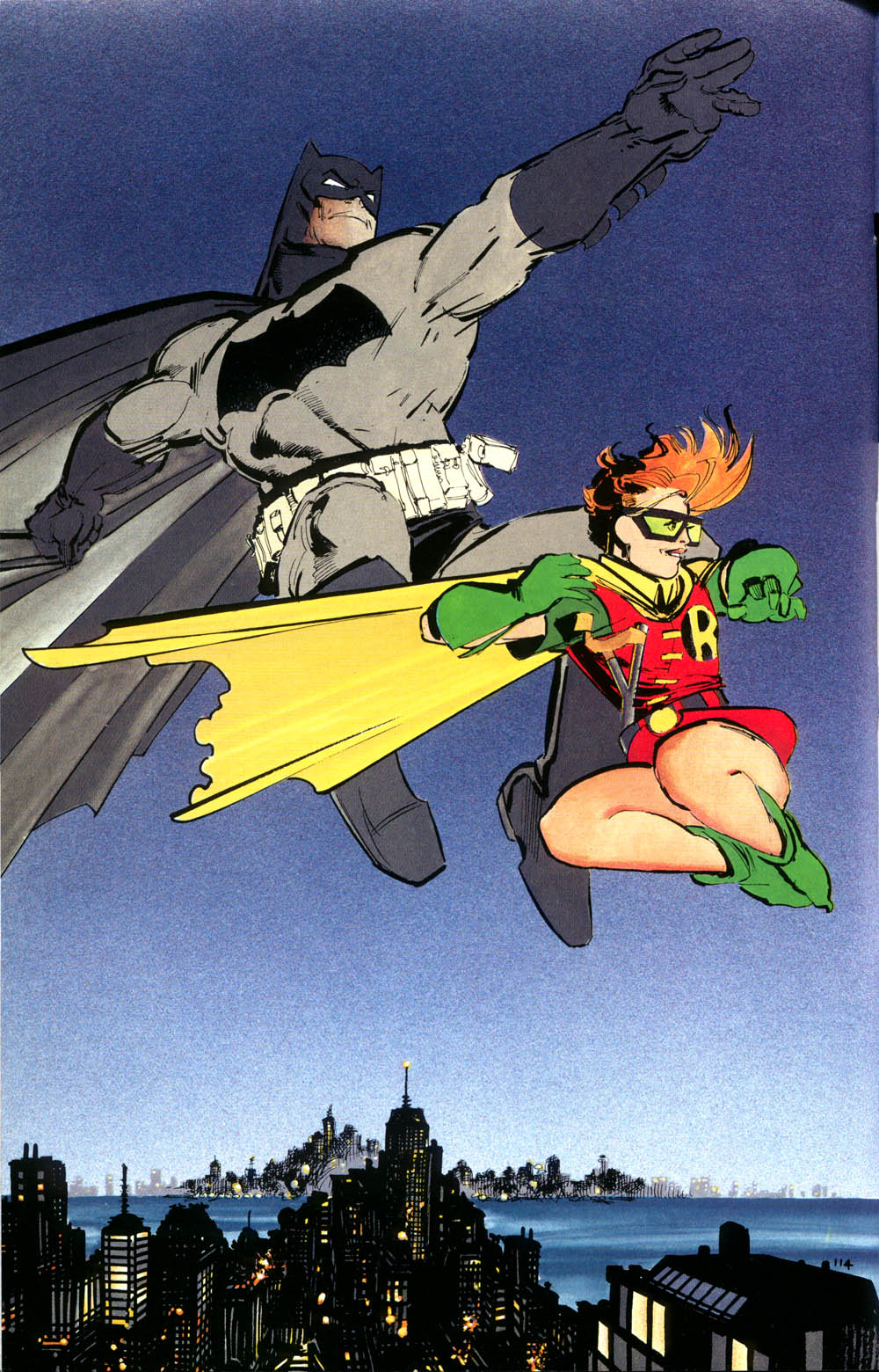On The Accolade:
Search This Blog
Popular posts
-
Batman & Robin was the inevitable outcome of the Burton/Schumacher series. The moment that Tim Burton decided that continuity was...
-
I thought about weighing in on the "5 Greatest Albums" debate going on between Cody and JJ, but then I thought that I already t...
-
Hopefully by now everyone has seen The Dark Knight Rises . With its two prequels, Batman Begins and The Dark Knight , it completes what ...
-
Since The Dark Knight Rises comes out tomorrow night (or I guess Friday morning) I think it is time I finally put down on paper (or compute...
-
Peter Gabriel during his tenure as Genesis' frontman. In the evolution of rock music, there is a fascinating branch of eclectic work...
-
Kelly Clarkson
© Accolade News, 2012. Powered by Blogger.
The Dark Knight trilogy is one of many interpretations of a character that has endured nearly three quarters of a century's worth of writers, film makers, actors, and an ever changing demographic. Recently, the Accolade staff has taken a look at Batman's previous incarnations on the big screen (we're a little obsessed), from the dark noir-esque Tim Burton directed Batman to the raging campfest of Joel Schumacher's Batman & Robin.
The origins of the most intriguing elements and themes of the Batman mythos can be found in his decades-long publication history. By the 1960s, Batman in the comics had become a humorous sci-fi parody of his former self, the dark, brooding, masked detective first envisioned by creators Bob Kane and Bill Finger. There was a revival of serious Batman stories in the late 70s, but it was during the comic book renaissance of the 80s that saw a whole new dark and gritty Batman that Christopher Nolan would bring to the screen twenty years later.
Since then, Batman comics (and comic books in general) have transcended the made-for-kids pop culture fluff that they were known for and have made forays into the realm of serious literature and art. Here are the most essential Batman stories that are a must read for any fan of the Nolan saga. With the exception of Batman, R.I.P. these stories have had a major impact on the The Dark Knight films.
The Dark Knight Returns, by Frank Miller.
Miller's Dark Knight Returns is perhaps the most well-received and influential Batman story to date. It reintroduced a level of brutality the character had been missing since his debut in Detective Comics. Batman has spent ten years in retirement, but when Harvey Dent returns after supposedly being cured of his super-villain alter-ego, Bruce Wayne is reminded that his own dark side could never lay dormant forever.
Batman's return brings back the same chaos that accompanied his existence to begin with. He is rejoined by a reckless youth, this time in the form of teenage girl Carrie Kelly, who dons the mask of Robin. His arch-nemesis, The Joker, who had been quietly biding his time in Arkham Asylum in some sort of depressive catatonic state, is thrilled to see Batman's return to crimefighting. Heath Ledger's performance as Joker owes quite a bit to Miller's characterization -- although the film version claiming that Batman 'completes' him isn't nearly as creepy as reading about the Joker's discovery of Batman on tv and whispering to himself, "... darling."
Set in a vague dystopian parallel version of the Reagan years, there is an ongoing threat of nuclear war, and the sole remaining superhero is the Pentagon-controlled Superman. These themes are mirrored in Alan Moore's Watchmen, written and released at roughly the same time (in Watchmen, it is only the super-powered Dr. Manhattan that is allowed to roam free by the U.S. government, a character written as a dark parody of Superman). Frank Miller's Batman is a gruelingly violent brute, crafted specifically for a time of uncertainty and disarray. The Dark Knight is unflinching in his quest and never second guesses his own methods. He is considerably more criminal than most mainstream portrayals, though his darker side somewhat influenced Christian Bale's gravelly, terrorizing Batman. Either way, The Dark Knight Returns is the original gritty series reboot, and its influence will be seen in the character for quite some time.
Year One, by Frank Miller
Another one of the most influential Batman stories, Year One is a retelling of Bruce Wayne's transformation into a masked vigilante. In this version (which has since been declared the definitive Batman origin story by DC's editors) Frank Miller takes a distinctly human approach to a superhero story - focusing on the interaction between a fledgling amateur Batman and a young, troubled Jim Gordon. Together they fight crime and weed out corruption in the Gotham City police force and fight the mob.
There are several scenes in this story that end up in Batman Begins, which makes sense. But it's Miller's expansion of Jim Gordon's character that makes this book stand out. Gordon deals with his own demons, a troubled home life, and trying to maintain his integrity in a system where lies and immorality are the norm. In the end, we discover that there are fewer differences between working man Jim Gordon and the eccentric billionaire vigilante Bruce Wayne than we ever thought.
Bruce also faces more failures as Batman than he does in Begins, and the learning curve is more detailed in the comic. When he first attempts to take on a group of thugs in a dark alley, it's easy to dismiss him as a naive kid with a death wish. But by the end of his first year, we can willingly accept that he is the daring crusader of justice that can take crime head on.
The Killing Joke, by Alan Moore
Tim Burton cited Alan Moore's The Killing Joke as the biggest comic book influence on his first Batman film. Some of the allusions are there, most notably the transformation of Jack Napier into the Joker by falling into a vat of chemicals. The book's more pressing theme -- that all it takes for someone to lose their mind is one bad day -- is found in The Dark Knight as well, along with the Joker's admission that he either doesn't remember his past or would rather leave it as "multiple choice."
Giving the Joker a sympathetic backstory is risky, but Alan Moore pulls it off by telling it while simultaneously penning one of the Joker's most disturbing and infuriating acts of villainy. For a one-shot graphic novel, the implications of this story have been far reaching, especially in regards to the fate of Batgirl.
The Killing Joke is much more of a Joker story than a Batman story, and even more so a story about the limits of human endurance. It opens up an entirely new interpretation of the Joker, one that questions whether he is truly insane or -- even more disturbing -- is he enlightened? It is possible that The Joker simply sees the existential fallacy of humanity more clearly than Batman does, or the rest of us.
The Long Halloween,by Jeph Loeb
Set in the same continuity as Year One, The Long Halloween is one of the great detective stories in Batman's canon. It introduced the menacing Calendar Man, who serves as a Hannibal Lecter-like guide to Batman as he hunts the mysterious Holiday killer. Like The Dark Knight, escalation is one of the key themes of The Long Halloween, as Batman goes from taking down mob bosses to fending off a bizarre rogues gallery of freaks taking over Gotham.
The Long Halloween also serves as the modern exploration into the origin and psychology of Harvey Dent's descent into madness as Two-Face. Loeb introduced the idea of Batman, Gordon, and District Attorney Harvey Dent working together as a united fraternity against crime, and beautifully plays out the tragedy Harvey Dent's destruction brings upon Batman and Gordon.
Batman R.I.P., by Grant Morrison
RIP is fairly polarizing as a Batman story -- both for it's mesh of bizarre, campy elements, and the cliche' death-and-resurrection arc that has befallen most superheroes.
Fortunately, Grant Morrison has a gift of taking terrible ideas and making them work. Morrison brings back tossed out Silver-Age ideas like The Batman of Zurr-En-Arrh and Bat-Mite and makes them relevant for modern audiences. Bruce Wayne's literal death doesn't even take place in this story (he was killed, at the hands of the godlike super villain Darkseid in Final Crisis, which was published simultaneously) but it's not even important -- this story is about Bruce Wayne being overcome by a conspiracy that has been haunting him his whole life.
Batman is faced with uncertainty about his origins, his father, and his purpose. After facing an onslaught of psychological trauma, he sheds his Bruce Wayne identity and emerges as The Batman of Zurr-En-Arrh -- a psychotic version of Batman free of his fragile super-ego and humanity, a failsafe to continue his ongoing quest if he lost everything that was human to him (a trick he could have used in Dark Knight Rises, no?).
What this story tells about Batman is fascinating and disturbing. Bruce Wayne does, in fact, possess something superhuman after all. It is his willpower, his commitment to the idea he has embodied that is his super power. His purpose in creating a mask for bad guys to fear was to become immortal, and he does. Bruce eventually dies, but someone else will put on the cape and cowl, and Batman will live forever.
- Cody Ray Shafer
August 17, 2012
| |
0
comments
Read more
0 comments to "The Top Five Batman Stories Everyone Should Read"











Post a Comment